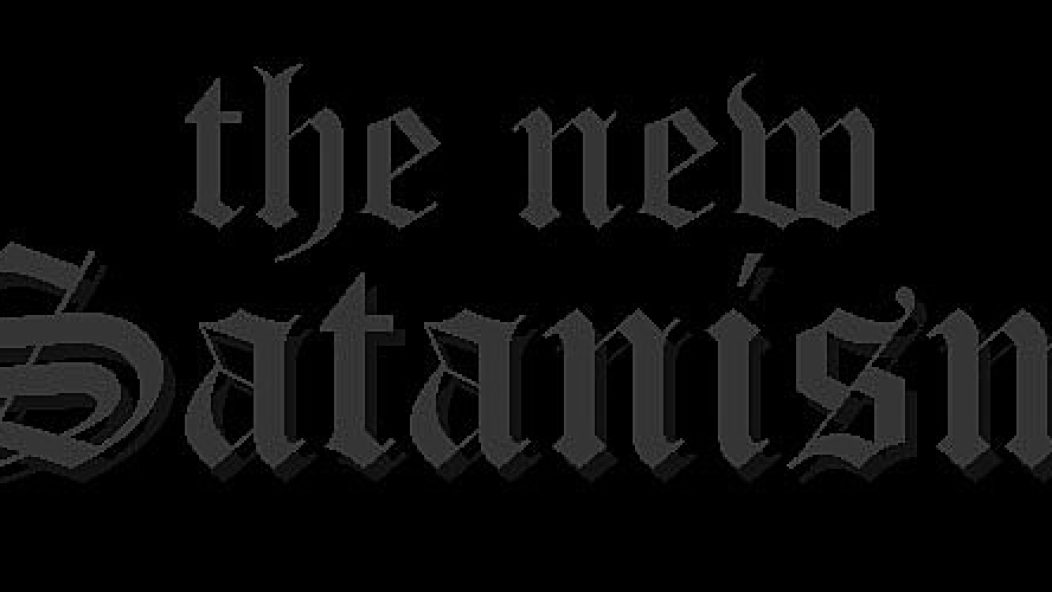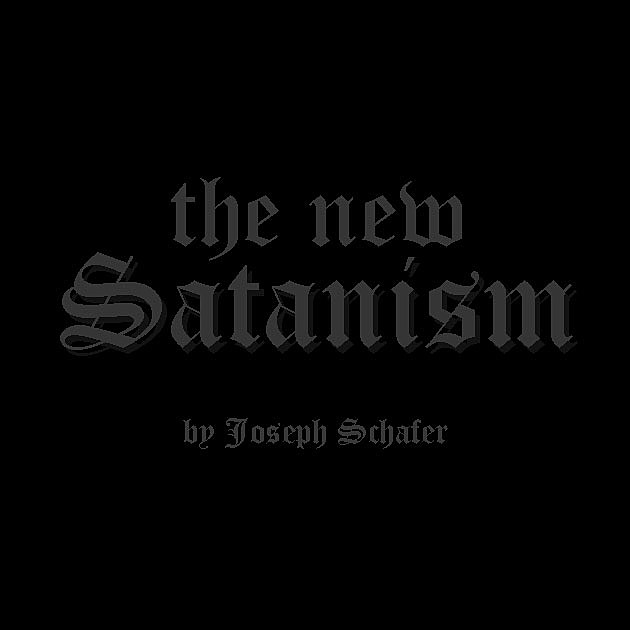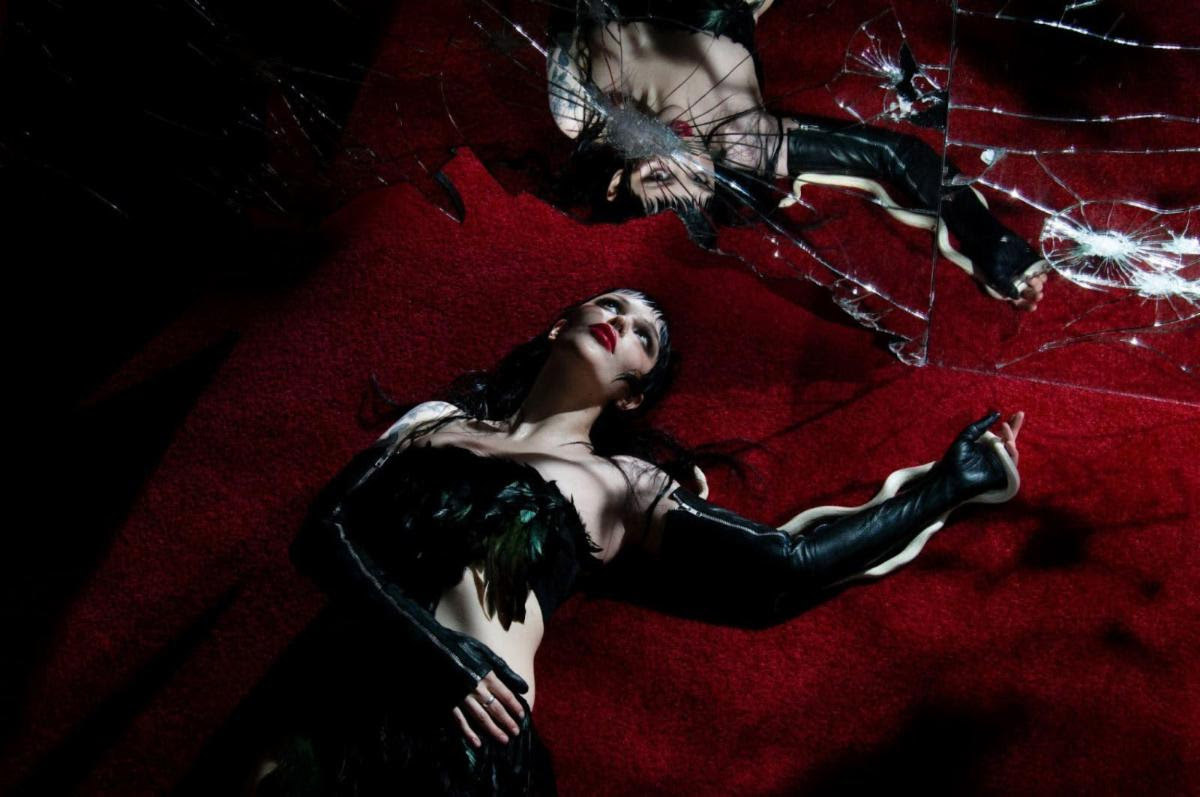
The New Satanism
. . .
http://www.youtube.com/watch?v=ro_cRsfsdPY
Antichrist (movie clip) – “Nature Is Satan’s Church”
. . .
Satan, Lucifer, Samael, Baphomet. Call it what you will—though those four things are not the same—the devil has been a part of heavy music from almost the beginning:
. . .
http://www.youtube.com/watch?v=Z61tlxcqaVE
Arthur Brown – “Fire”
. . .
For the uninformed or illiterate, that was Arthur Brown performing “Fire” on Top of the Pops in 1968—a full year before “Black Sabbath” by Black Sabbath on Black Sabbath. Strains of Arthur’s musical-DNA, such as corpse paint and melodrama, remain.
But Arthur Brown was not a satanist. His idea of using satanic imagery without the ideology persists; only a handful of pre-’00s metal musicians profess to be actual Satanists. Even fewer claim to worship the devil—most out-Satanists in metal music follow(ed) Anton LaVey’s Church of Satan, which does not believe in Satan as an actual entity. The Church of Satan’s beliefs boil down to extreme individualism with hedonistic overtones—its followers fall between Atheist and Desists. For all the flak fired at LaVey, his religion is the left hand path equivalent of Unitarian Universalist. King Diamond is LaVey’s most public follower in the metallic sphere, but the Church of Satan’s fundamental belief in self-worth—and hypersexual overtones—still show up in contemporary metal.
. . .
King Diamond/Mercyful Fate Interview
. . .
New satanic bands—like Akercocke below—reject LaVey.
. . .
Akercocke Interview
. . .
More contemporary bands talk about satanism than ever—the Decibel tour celebrated theistic satanism as much as the magazine that sponsored it. And art fueled by genuine faith has a powerful character—one distinct from music just about opposing the conventions of others. For proof, head down to your local youth-oriented megachurch, or a christian rock festival, and watch the band. The last time I saw something like this the performance captivated me while the lyrics and dominant major chords repulsed me.
And perhaps theistic satanism is the most interesting thing about these bands. Musically, Watain, The Devils Blood, and In Solitude all harken back, instead of pressing their genres forward. Performing in live animal blood is not new, neither is torches—that’s all descended from Mr. Brown. Their individual knacks for excellent songwriting is overshadowed by their collective ability to work the press in their favor while keeping up mystique.
Some find that elusiveness precious and irritating, but keeping hush-hush can be a gesture of respect. Consider the trailers for action films anxious to show something explode at the end or some starlet’s anorexic behind in a swimsuit. Satan is the big fight scene at the end. The money shot. Don’t you want something to look forward to? The new satanism does not dispense with Arthur Brown’s theatricality, but at least treats its subject matter with some genuine awe.
They talk about Satan the way christian bands talk about god—as a solution, as opposed to a symbolic middle finger, or subject matter for a creepy narrative. It’s one thing to make critiques—and criticizing religion is as metal as headbanging—but offering an alternative is mature. I see the theistic satanism of Watain, as well as the radical atheism of bands like The Ocean, as a sign of the genre’s growing sophistication.
Think of it this way: Browns’ satan spooks parents. Mainstream/old school/classic metal satan doubles for “fuck you”. Specifically a pointed and directed “fuck you”. The new satanism explores what does the fucking. The Norma Evangelium Diaboli crowd and their contemporaries celebrate their faith more than damn others. And like their Abrahamic opposition’s vanguard, they evangelize. The point of bringing “black metal” back to hooks and catchy songwriting is to make Satan interesting enough to explore and research. We are apes—things which hold our attention, but promise complexity fascinate us.
That complexity budded—at least in a prominent way—on Dissection’s comeback album Reinkaos.
. . .
http://www.youtube.com/watch?v=zgYJAvKSjGg
Dissection – “Starless Aeon”
. . .
Not the band’s strongest moment musically, but the seeds of theistic satanism’s metal tropes all appear on the record. You could call it the template for postmodern satanic metal. Dissection pulls quotes—also an evangelical trait—from holy books in multiple languages. Persian, in the case of “Starless Aeon”. But primarily “Starless Aeon”, and new Satanism in particular, portray Satan as an apocalyptic force—an actual entity that eats light.
These young men and women are taking concepts from contemporary science and applying it to their spirituality, keeping their views modern.I spoke with Selim Lemouchi from The Devil’s blood about this on the first date of the Decibel tour. I asked him what the purpose of his religion was, and he told me, “Freedom from all laws, the laws of man, the laws of the spirit and the world.”
“When you say laws of the world you’re talking about the laws of reality—you’re talking about particle physics?”
“Yes. Freedom even from matter.”
. . .
Watain – “Stellarvore”
. . .
“Black Hole” Metal makes a more fitting genre tag. The same image of all-consuming void pops up in Stargazer, The Devil’s Blood, Deathspell Omega, Saturnalia Temple, Negative Plane . . . the list goes on. In that image, the new Satanism escapes its binary relationship with Abrahamic religions. It took the Catholic church hundreds of years to accept Galileo’s teachings—Watain look liberal in comparison.
. . .
Melancholia (movie clip) – “The earth is evil; we don’t need to grieve for it.”
. . .
The new Satanism borrows more from traditionally Eastern philosophies than Christian ones. Hinduism sees reality as an illusion, a Māyā, that binds us—the goal is to escape it. Bushido’s teachings oriented samurai toward death as an inevitability and a liberating force. With that in mind, the Maha Kali EP seems like a logical step for a band that once did Storm of the Light’s Bane.
None of that is original in and of itself. But for the first time since Arthur Brown, the devil in rock seems complex. His followers’ attitudes toward him carry more than distilled “fuck you”. Their lyrics anticipate the moments of satan’s arrival with awe, but also an awareness that something will be taken away. The philosopher-speaker, for example, in Deathspell Omea’s “Sola Fide I”, has anxiety toward his master, and colors satan as a being that might love his subjects a measure of order less than they love him. It’s called ambivalence—playing devil’s advocate to the devil himself—and it’s setting the tone for Satanic metal for the foreseeable future.
. . .












